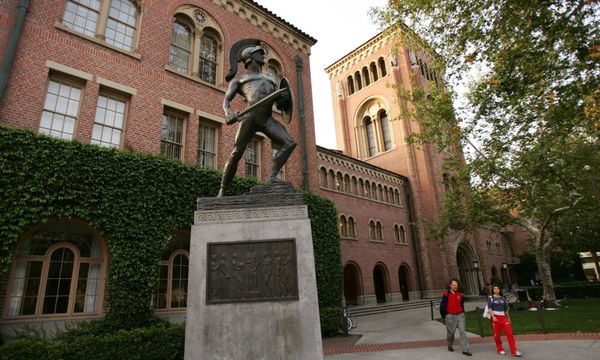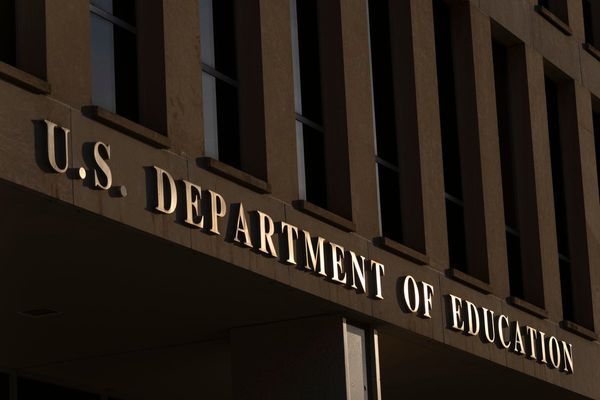As we sit down to enjoy the bank holiday or indeed a tipple this weekend, many of us will be reaching for the gin bottle, a spirit that has seen somewhat of a revolution in recent years.
However, while small batch and artisan liquors have become the drinks of the season, very few of us would think that the popularity of the spirit can be traced back to King William III taking the English throne in 1689.
Upon taking the throne and prior to the infamous Battle of The Boyne, King William, a fan of the Dutch spirit introduced a number of laws to encourage gin production including an import tax which resulted in the spirit being cheaper than a pint of beer.
Read more: The Twelfth: Why is the Lambeg drum associated with July 12 in Northern Ireland?
William and his wife Mary encouraged the distillation of gin throughout their reign, granting permission for anyone to make the spirit in their home if they wanted to.
Gin quickly became so popular that records show it was even used to pay wages.
An early recipe for the spirit which has been discovered at the British Library recommends adding strawberries and raspberries to the distillation process in order to give the gin a pink hue and fruity flavour, a precursor to the 'Pink Gin' which has become popular in recent years..
In the same vain that someone might style their fashion taking inspiration from young Royals such as the Princess of Wales, the fondness of gin from King William and Queen Mary led to the development of a 'Gin Craze' in the late 1600's.
The poorest people began drinking more gin less responsibly, meanwhile, royalty and high society sipped tamely as more of a fashion statement than an emotional or psychological release.
As gin production continued to be a free-for-all, chemicals including turpentine, sulphuric acid, and sawdust were being added to the distilling process.
Around 1736, the government realised that they had a problem on their hands and in an attempt to regulate the production of the spirit, a £50 distiller’s license was introduced which led to a decline in the industry.
As the 18th century progressed, Gin was blamed for thousands of deaths, from overconsumption to gin fuelled murders and even insanity.
In a further attempt to reduce consumption, the government introduced the Gin Act 1751 which brought in taxes for retailers, made licenses harder to obtain and promoted beer and tea as alternative drinks.
It took nearly 80 years for the gin industry to recover with the French-born Irishman, Aeneas Coffey introducing a new still which produced a purer spirit, similar to what we would know today.
For all the latest news, visit the Belfast Live homepage here and sign up to our daily newsletter here.







